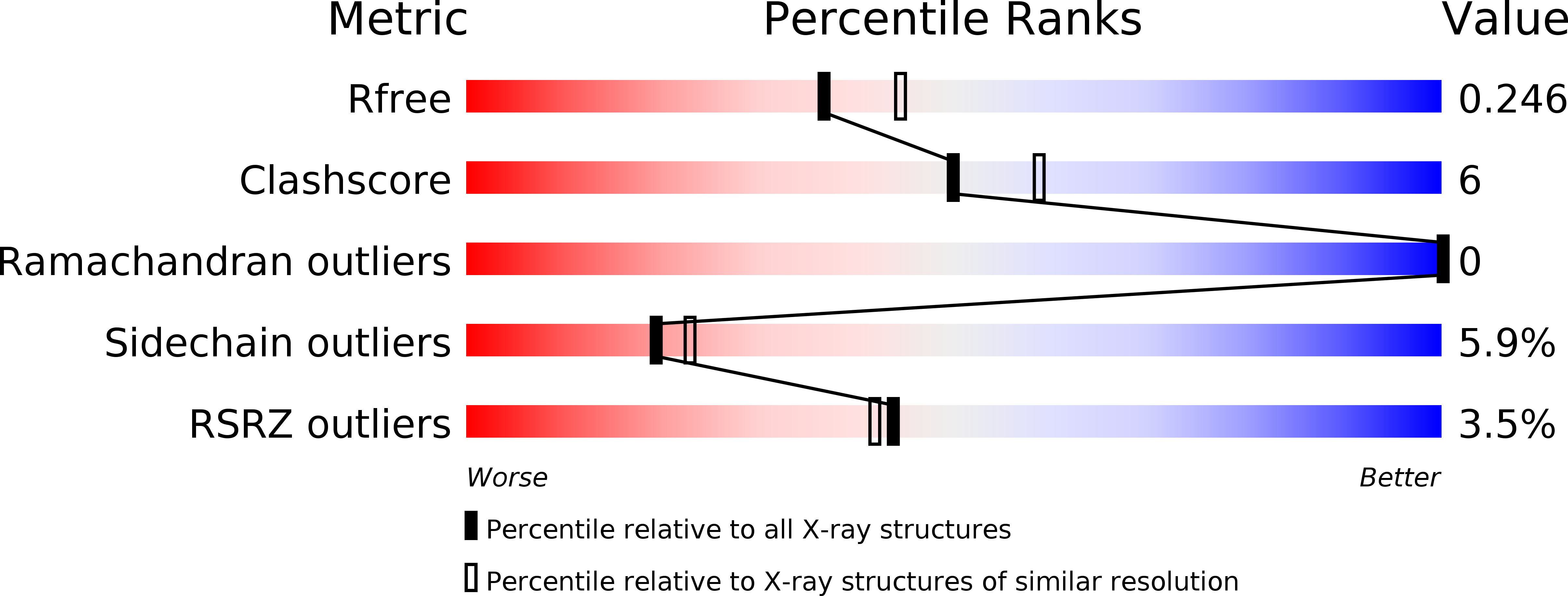
Deposition Date
2012-05-07
Release Date
2013-02-06
Last Version Date
2023-11-08
Entry Detail
PDB ID:
4F1R
Keywords:
Title:
Structure analysis of the global metabolic regulator Crc from Pseudomonas aeruginos
Biological Source:
Source Organism:
Pseudomonas aeruginosa (Taxon ID: 287)
Host Organism:
Method Details:
Experimental Method:
Resolution:
2.20 Å
R-Value Free:
0.24
R-Value Work:
0.20
R-Value Observed:
0.20
Space Group:
P 32 2 1


